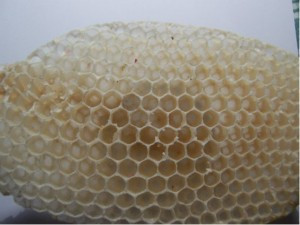From R. B. Litchfield 26 February 1873
| Author: | Richard Buckley Litchfield |
| Addressee: | Charles Robert Darwin |
| Date: | 26 Feb 1873 |
| Classmark: | DAR 88: 126 |
| Letter no: | DCP-LETT-8787 |
From J. D. Hague 26 February 1873
Summary
Sends a paper on behaviour he has observed in ants.
| Author: | James Duncan Hague |
| Addressee: | Charles Robert Darwin |
| Date: | 26 Feb 1873 |
| Classmark: | DAR 166: 81 |
| Letter no: | DCP-LETT-8788 |
| letter | (2) |
| Hague, J. D. | (1) |
| Litchfield, R. B. | (1) |
| Darwin, C. R. | (2) |
| Darwin, C. R. | (2) |
| Hague, J. D. | (1) |
| Litchfield, R. B. | (1) |
2.26 Linnean Society medal
Summary
< Back to Introduction In 1908 the Linnean Society celebrated the jubilee of ‘the greatest event’ in its whole history, which had occurred on 1 July 1858: the presentation by Charles Lyell and Joseph Hooker of papers by Darwin and Alfred Russel…
Matches: 1 hits
- … < Back to Introduction In 1908 the Linnean Society celebrated the jubilee of ‘the …
Rio de Janeiro, Brazil
Summary
Glories of a Brazilian forest
Matches: 1 hits
- … Describes his first encouter with a tropical forest and recieves geological information and …
Richard Matthews
Summary
Richard Matthews was 21 years old when he stepped aboard the Beagle, destined for a lonely career as a missionary in Tierra del Fuego. The Church Missionary Society had arranged for him to accompany the three Fuegians (Fuegia Basket, Jemmy Button, and York…
Matches: 1 hits
- … time to save his life’, Darwin recorded (Darwin 1845, p. 226). Matthews was back on board the …

The evolution of honeycomb
Summary
Honeycombs are natural engineering marvels, using the least possible amount of wax to provide the greatest amount of storage space, with the greatest possible structural stability. Darwin recognised that explaining the evolution of the honey-bee’s comb…
Matches: 1 hits
- … a structure like that of the honey-bee ( Origin , p. 226). Further, there were advantages to a …



